
STEM for SEL Support
STEM is best known for its hands-on approach to learning. Innovative manipulatives and activities play a large role in its success, but these tools are not all it takes for learners to be truly engaged. Developing an ambition to learn is infinitely more difficult if social-emotional learning (SEL) needs are not met. Thus, STEM and SEL instruction must work in tandem.
Through immersive and collaborative experiences, STEM instruction addresses SEL by establishing a strong community of learners in any environment.
PCS Edventures strives to ensure that curriculum supports all learning environments aiming to nurture positive self-awareness, decision-making and interpersonal skills. Designed around 21st Century Skills and Habits of Mind, our programs attend to the academic and social-emotional development of learners. As outlined by the CASEL framework, those needs include:
- Self Awareness
- Self-Management
- Social Awareness
- Relationship Skills
- Responsible Decision-Making
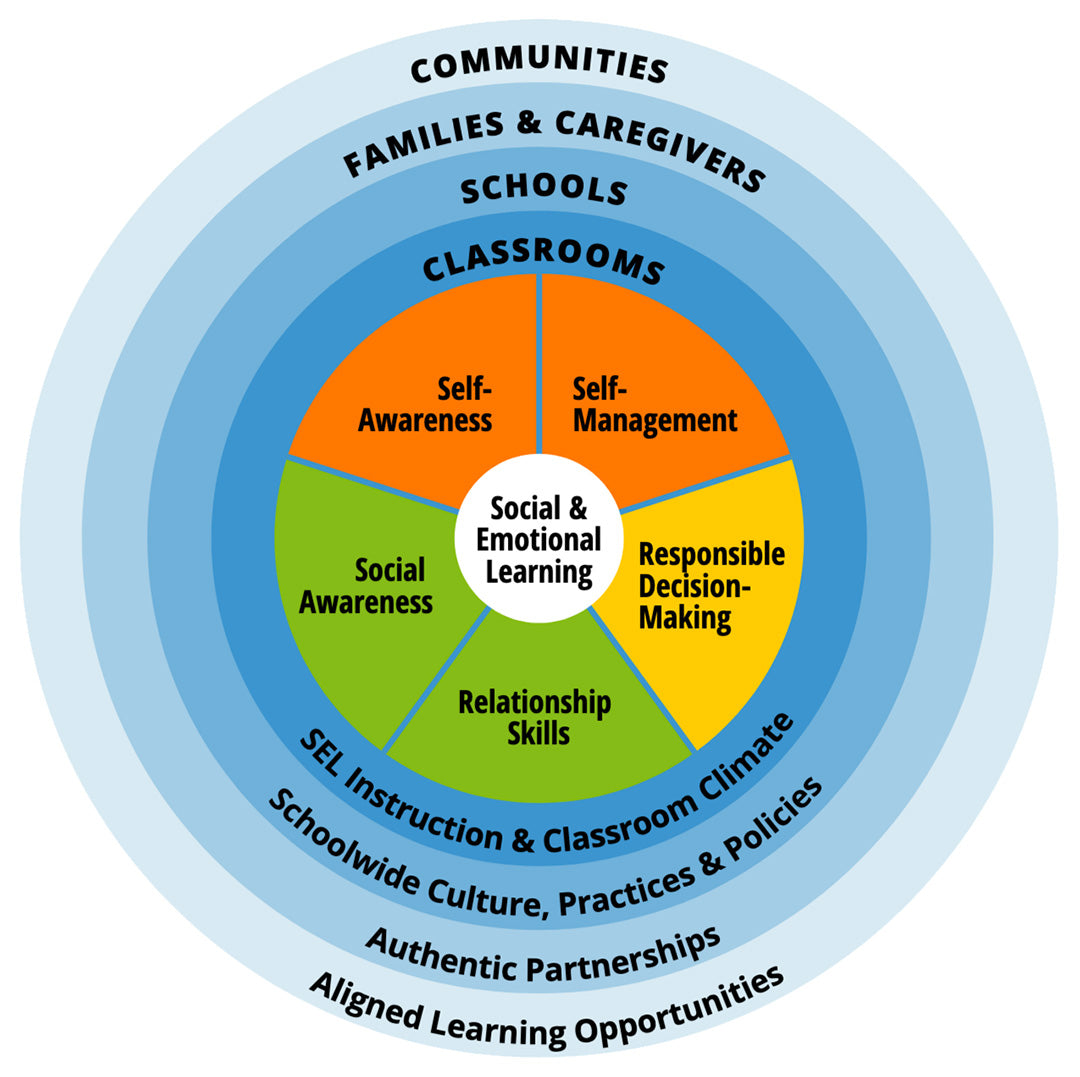
© 2021 CASEL. All rights reserved.
Read on to find out how you can integrate these key SEL skills into your STEM instruction with
PCS Edventures.
Building Strong STEM Lessons with SEL
Instructor guides hold the blueprint for blending SEL with STEM, providing educators with a detailed depiction of how they can foster a supportive environment. BrickLAB Brain Builders (Grades 1-3) and Drone Designers (Grades 4-8) enrichment programs do this brilliantly. Both allow learners to develop impressive designs along with healthy identities and skill sets that they’ll carry with them throughout their lives. Let’s take a closer look at how these programs promote effective SEL.
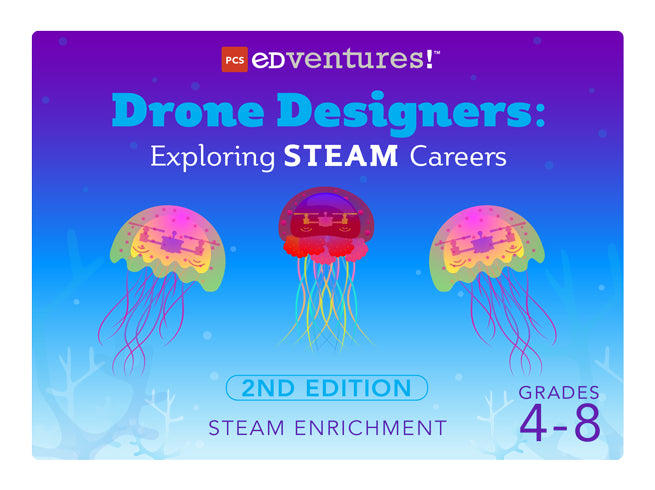

Self-Awareness
Every educator has likely come across learners who aren’t cognizant of their abilities. When asked to create a drone or build a brick model, these learners may at first feel discouraged by the task at hand. However, Drone Designers and BrickLAB Brain Builders are designed to present challenges that learners possess the power to tackle. As they experience success through these immersive activities, learners begin to appreciate their own efficacy, discovering a newfound appreciation of strength within themselves. They may even unlock new passions they never thought would suit them.
What’s more, STEM challenges test our strengths and limitations within controlled experiences, offering a rare chance to confront feelings of both triumphs and doubt within a safe space. Working through such emotions is an important part of being self-aware and consequently lends itself to yet another SEL skill, self-management.
Self-Management
It sounds odd to say that educators love failure, but in a way, they do! When failing means that learners gain the knowledge of what not to do, it becomes a powerful teaching tool. Still, it can be a difficult mindset to teach, particularly to our youngest learners. That’s why our programs include talking points around what PCS Edventures refers to as Failing Forward.
Failing Forward means seeing failures as a launchpad for new ideas and discoveries. Rather than shut down when their designs falter, encourage learners to determine the issue and learn from that mistake. They soon see that a problem does not mean success is out of reach. Instead, they discover that failure is awesome as they reveal new and creative ways to accomplish tasks. Furthermore, Failing Forward means having to set new goals and work on stress management strategies. Being able to practice managing thoughts and emotions within a guided activity is an opportunity few would refuse.
In addition to celebrating failure, STEM instruction also develops valuable planning and organizational skills. As Drone Designers work to choreograph a drone routine sure to dazzle any audience, encourage them to record ideas in their Designer’s Notebook. Each learner can sketch plans, record findings and more within their structured notebook. Best of all, sample scripts and discussion questions provide a clear guide for you to help spark learners' imaginations, helping them set their plans in motion.
Learners also develop positive self-management skills when they know that their voice matters. In one of their first BrickLAB Brain Builders challenges, partners take on a blindfold activity. They must rely on their sense of touch, their voice and their partner to create a brick model they have not seen. Whether acting as the blindfolded partner asking questions that will help reach the goal, or the partner realizing their ability to teach and inspire others to overcome challenges, this engaging activity allows both to employ higher verbal communication skills. And of course, working through the frustrations that come with being blindfolded is yet another clever way to help learners practice self-management.
Social Awareness
Educators light the next generation’s winding paths toward the future. Teaching them to adopt a growth mindset can certainly make their journey a bit easier.
When learners recognize that their thoughts and emotions play a large role in their successes, encouraging resilience becomes invaluable. That’s why building bricks are an excellent tool for helping learners develop social awareness skills. For instance, building brick replicas of United States symbols in BrickLAB Brain Builders is no simple task. However, as learners try, fail, and ultimately succeed in building a model of the American flag, they’re soon eager to take on more challenging builds, such as the bald eagle, Liberty Bell or the Statue of Liberty. Our signature “Perfect Bricks” are a fun and exciting way to help learners develop a growth mindset that positively impacts behaviors.

Educators also have the daunting task of preparing countless personalities to find their way, but teaching disciplinary literacy can help. Disciplinary literacy is teaching how to read, write, think and communicate through the perspective of a professional in a particular field of study (Hamilton 2016).
Thanks to a cross-curricular approach to learning, STEM instruction exposes learners to a variety of ways to explore many disciplines.
The Drone Designers program is no exception. Check out the ways learners encounter several disciplines throughout the twelve immersive lessons:
Engineer
Write and communicate ideas using the Iterative Design Process.
Production Team
Read real-life production team member profiles to gain perspective on each of their roles.
Scientist
Record and share data about how weight affects a drone and its battery life.
Costume Designer
Analyze drone costume designs used in productions, and use them as inspiration for drone creation.
Programmer
Manage coded drone maneuvers using the DroneBlocks app.
Choreographer
Think about how music inspires choreographers to create. Visualize your drone’s performance by crafting a storyboard.
Musician
Draw a musical sketch to show your interpretation of a song’s mood and tempo.
With practice, engaging with disciplinary-specific content can develop learners’ ability to explore through the perspective of a professional (Buehl 2011). Plus, seeing firsthand how all of these different disciplines work together to create a final product also helps them learn to recognize strengths in others and perhaps find their sense of belonging. STEM is a clear choice when integrating social awareness into everyday instruction.
Relationship Skills
The best creations are a harmony of discrete ideas. Thus, collaboration and STEM exploration work in concert.
Easily customized to fit any learning environment, some programs suggest grouping 5-6 learners into set design teams, while others encourage trying out a variety of partnerships throughout the program. Groups allow them to practice teamwork and collaborative problem-solving, bouncing ideas off one another. As learners cooperate and have fun together, they begin to develop positive relationships that last far beyond the STEM experience.
BrickLAB Brain Builders offers several opportunities for learners to work on their relationship and communication skills. In a lesson exploring animals’ adaptations, partners must compromise to choose the animal they want to build. They must also talk through their plans for building a habitat that would best camouflage and meet the needs of the animal. Discussing ideas and opinions that may be different from their own during an exciting manipulative-based activity provides learners with an authentic way to practice interacting with others.
To help learners take on leadership roles and resolve conflicts constructively, Drone Designers offers rotating roles. You can assign these job titles to enhance collaboration among teammates. Having a clearly identified role can give learners the confidence they need to take charge or speak up within a group. Furthermore, knowing that they’ll have an opportunity to participate within each different role helps alleviate social pressures. Finally, this also encourages learners to ask for support when needed, leaning on others who have experience fulfilling duties they themselves may not have tried before.
Here’s a sneak peek at the exciting team roles your learners will be eager to take on!
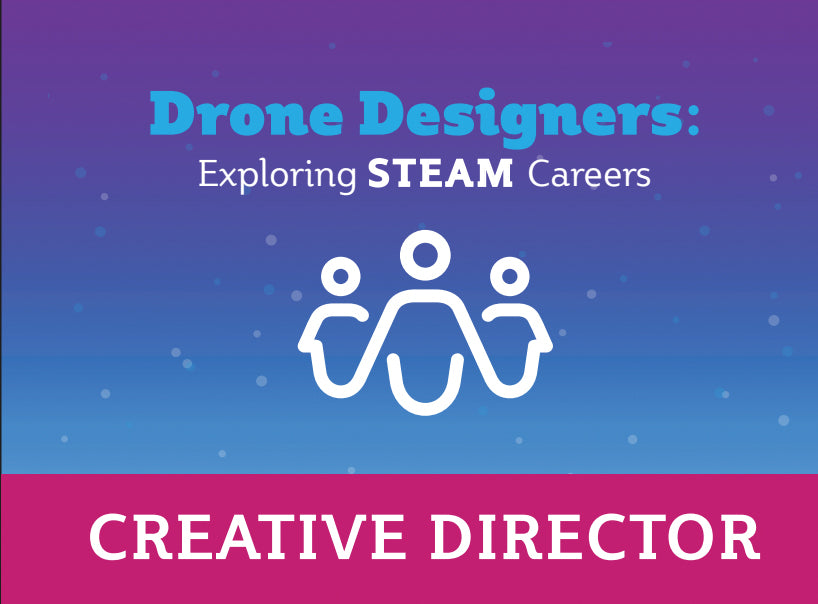




Responsible Decision-Making
Last but not least, STEM instruction inspires responsible decision-making among learners. We’ve explored how teams collaborate to achieve a goal. Along the way, they inevitably come across roadblocks. Whether they face engineering challenges or social struggles within their group, the key lies in how teams work together to anticipate consequences and identify solutions.
Drone Designers utilizes the Iterative Design Process, encouraging learners to repeatedly test and evaluate their drones. While crafting costumes, for example, teams must anticipate how different materials might interfere with movement and rework their ideas to fit their drone’s choreography. If learners disagree on how to solve the issue, take advantage of the teachable moment to explore problem-solving strategies. As learners are fully immersed in achieving their goals, STEM presents numerous opportunities to improve their designs through responsible decision-making.
While working with building bricks in BrickLAB Brain Builders, learners work together to build fantastic models of their own design. For example, teams are challenged to plan and build a community map that features anything from homes and parks to grocery stores and police departments. They must divide building responsibilities amongst themselves and determine how many of each structure to assign. This collaborative experience requires a lot of decision-making and compromise. Learners must have an open mind and listen to different ideas before collectively deciding what will work best for their particular community. It’s yet another immersive PCS Edventures activity that teaches valuable, lasting life skills.
Conclusion
When SEL and STEM unite, learners get the best of both social and academic instruction. PCS Edventures and educators can help foster self-awareness, decision-making and interpersonal skills within engaging hands-on activities. Together, we can create positive learning environments for all.
How do you include SEL within your STEM instruction?
Leave a comment to tell us all about it!

Author: Jessica Ventre
An experienced elementary educator and science instructional coach, Jessica’s passion for STEM instruction and student-led learning is always at the forefront of her lessons and professional development workshops.


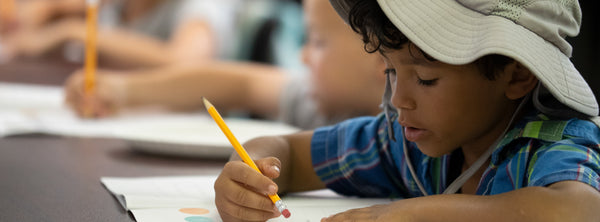
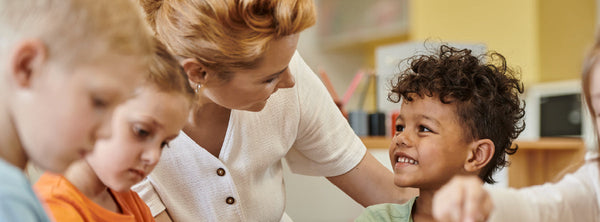


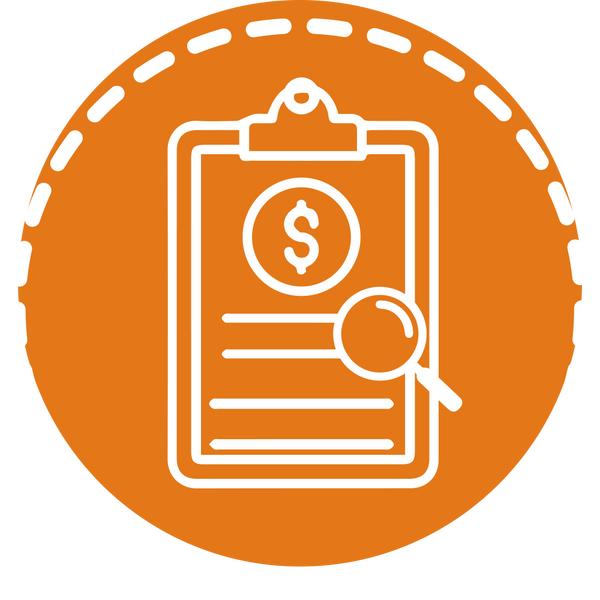

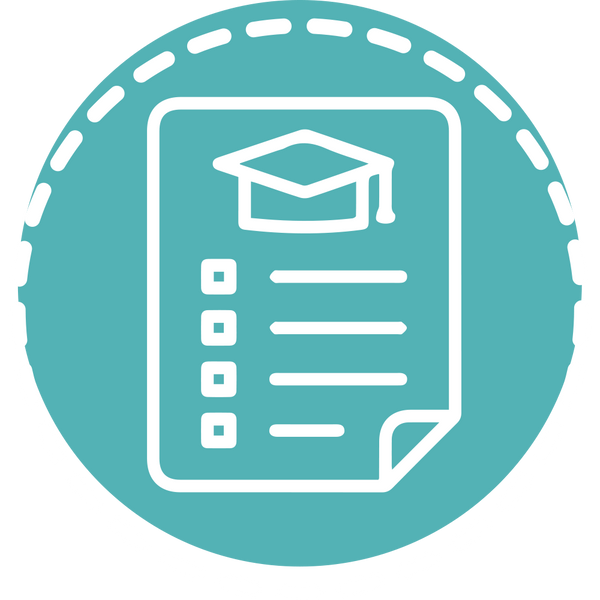
1 comment
Being a novice at anything to do with drones, I’m learning right alongside my students & experiencing the same feelings of pride in our accomplishments. It’s great seeing us all becoming more confident! So to answer your FB question of what here we found most valuable, the line, “learners begin to appreciate their own efficacy, discovering a newfound appreciation of strength within themselves” resonates with me. Also, the Drone Designers program looks quite intriguing, seemingly combining arts in a unique way with tech. Would love to incorporate creative expression more with our newest adventures.